 From the wonderful El Mundo archive here is a press photo of the post-war Labour Chancellor of the Exchequer, Sir Stafford Cripps, with Lady Reading, chairwoman of the Women’s Voluntary Service, among products featured in the 1947 Home Industries Exhibition sponsored by the WVS, which was held, rather bizarrely, in the entrance hall of Charing Cross Underground Station (now renamed Embankment) in London.
From the wonderful El Mundo archive here is a press photo of the post-war Labour Chancellor of the Exchequer, Sir Stafford Cripps, with Lady Reading, chairwoman of the Women’s Voluntary Service, among products featured in the 1947 Home Industries Exhibition sponsored by the WVS, which was held, rather bizarrely, in the entrance hall of Charing Cross Underground Station (now renamed Embankment) in London.
Apparently, far from resembling the rather naff home produced textiles that can still be found in countless craft fairs and garden fetes round the kingdom, these products were rated good enough to be part of a post-war export drive. The exhibits shown in the photo attest to the quality of the textiles.
Indeed, the seat covers on show were probably amongst the six examples which Queen Mary herself created for the exhibition and which were later sold for $10,000 in the United States! The Queen also wove panels which were later sewn together by other craftswomen to form a carpet that was presented to the National Gallery of Canada. Later, the Queen Mother got in on the act by contributing one or more of the seventy-two tapestry kneelers commissioned by the Washington National Cathedral.
The example shown by members of the Royal Family was doubtless a fillip to Women’s Home Industries, as the enterprise became known, with the result that before too long the flood of high quality textiles being supplied by home craftswomen from all over the UK became so enormous that a shop in West Halkin Street, around the corner from Harrods, was opened
By 1964 there were 3,000 home knitters supplying products to the London store and by the end of the decade some of the best known figures in textile design had become associated with the enterprise, which survived into the early seventies. [R.M.Healey]



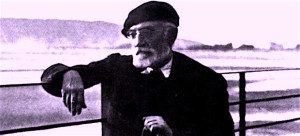 Found in Essays and soliloquies by Miguel de Unamuno (London: Harrap 1924) this preface written on the windswept Spanish island of Furteventura. The island is now mainly a holiday destination, although there is an impressive statue of Unamuno by the main road and also a life size statue of him on a side street.
Found in Essays and soliloquies by Miguel de Unamuno (London: Harrap 1924) this preface written on the windswept Spanish island of Furteventura. The island is now mainly a holiday destination, although there is an impressive statue of Unamuno by the main road and also a life size statue of him on a side street.  Arguably one of the two greatest twentieth century English writers on food (the other being Elizabeth David), Jane Grigson ( 1928 – 1990) was the subject of this intriguing etching by the artist Jack Daniel, who knew her in the early fifties when she was living in west London as a young picture researcher working for the publisher George Rainbird.
Arguably one of the two greatest twentieth century English writers on food (the other being Elizabeth David), Jane Grigson ( 1928 – 1990) was the subject of this intriguing etching by the artist Jack Daniel, who knew her in the early fifties when she was living in west London as a young picture researcher working for the publisher George Rainbird.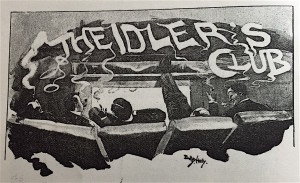
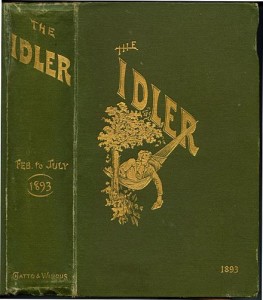
 This is the world of Evelyn Waugh’s 1930 novel Vile Bodies. The hero of the novel, Adam, becomes a society columnist – ‘Oh Nina, what a lot of parties’ he complains to his girlfriend – and the narrator adds:
This is the world of Evelyn Waugh’s 1930 novel Vile Bodies. The hero of the novel, Adam, becomes a society columnist – ‘Oh Nina, what a lot of parties’ he complains to his girlfriend – and the narrator adds:
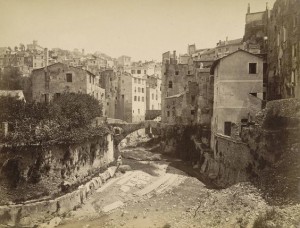
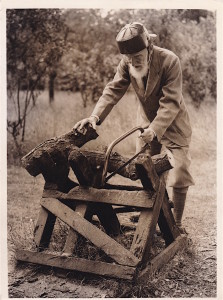
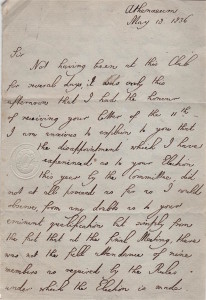
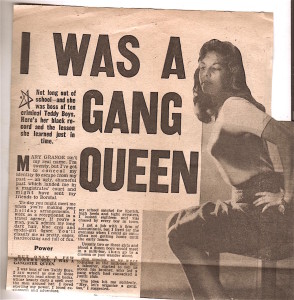

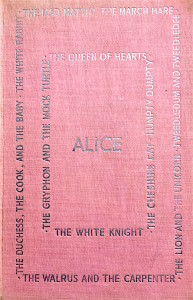
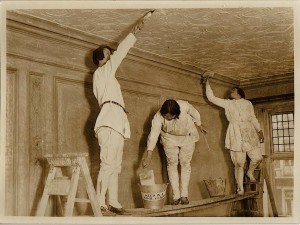
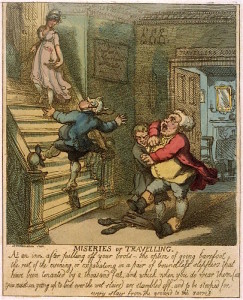
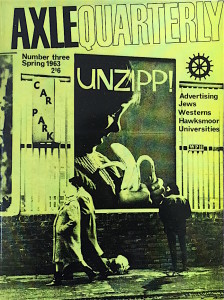
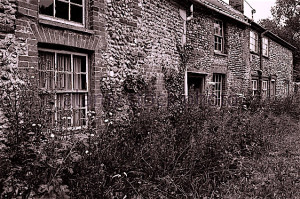

 This is a list sent in by a nameless jotter. It is by no means exhaustive. It had no notes but each well worn phrase has been used as banter- a rejoinder or an amusing interruption in a conversation or during an anecdote or monologue. Almost all use irony, sarcasm or mild mockery and are cliches – but they could possibly still incite mirth if the timing was right. Thumping cliches have asterisks. I’ll get my coat.
This is a list sent in by a nameless jotter. It is by no means exhaustive. It had no notes but each well worn phrase has been used as banter- a rejoinder or an amusing interruption in a conversation or during an anecdote or monologue. Almost all use irony, sarcasm or mild mockery and are cliches – but they could possibly still incite mirth if the timing was right. Thumping cliches have asterisks. I’ll get my coat.